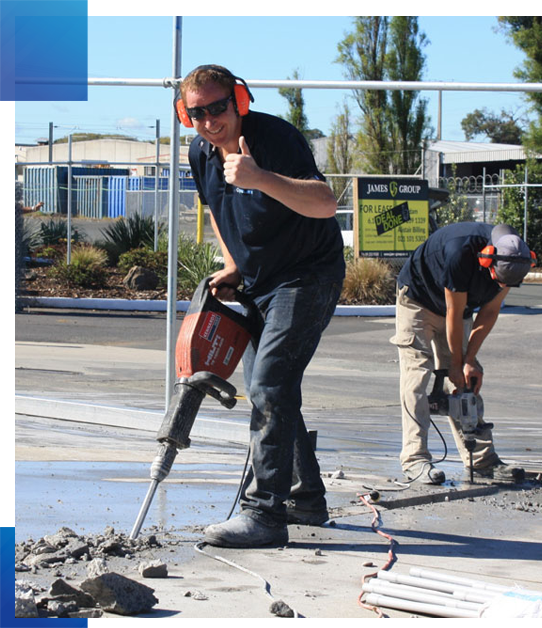Choosing the Right Access Control System for Your Environment
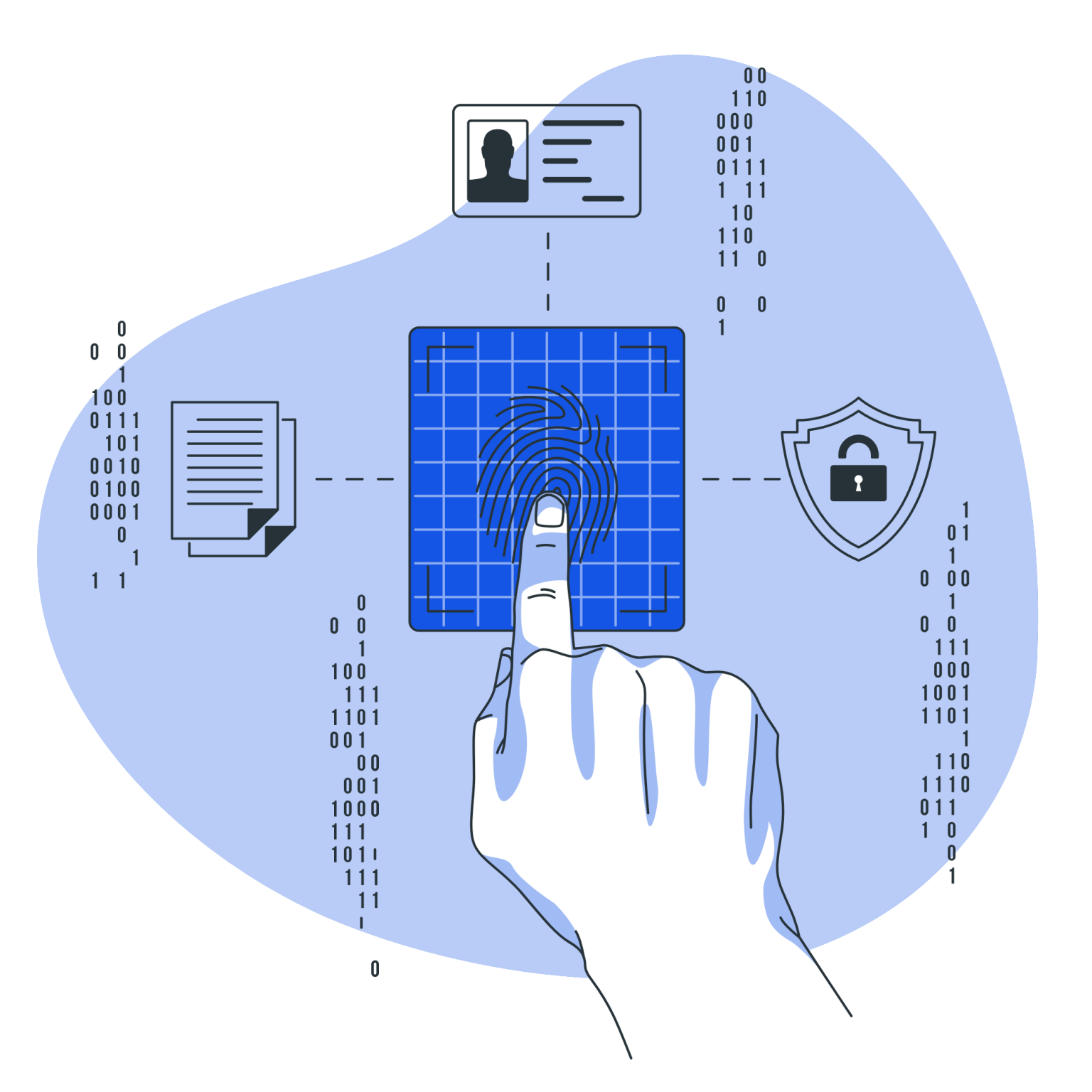
Access control systems have become essential in today’s world, protecting everything from apartment buildings and office towers to data centres and construction sites.
The need for reliable security is increasing, especially in New Zealand, where violent crime is on the rise.
According to the 2023–2024 New Zealand Crime and Victims Survey, the number of violent crime victims jumped from 185,000 to 215,000 within just one year.
This growing risk has made access control a priority across the country. In Auckland alone, over 8,000 apartment units are located in the CBD; Wellington offices and Canterbury data centres also require strict access measures. To meet demand, New Zealand is embracing modern solutions such as cloud-based and biometric systems—part of a global trend. The access control market is expected to grow from USD 3.80 billion in 2025 to USD 5.61 billion by 2030, at a CAGR of 8.09%.
Different environments call for different systems. High-security facilities like military bases (e.g. Waiouru) require strict protocols, while temporary, flexible access is vital at construction sites, major events like Rhythm and Vines, and venues like Eden Park. In residential settings—from gated communities in Christchurch to schools nationwide—access control systems enhance safety, prevent unauthorised entry, and help maintain order. Each setup is designed to match the unique needs of its environment, ensuring both protection and efficiency.
What types of access control are most important?
This article will explore the various types of access control systems, how they function, and where each one is most effectively used.
Whether you’re securing sensitive data, protecting workers on a job site, or managing entry to a building, implementing the right access control system is key to maintaining safety, efficiency, and security.
Key Points Summary
Why Access Control Matters
Access control systems regulate who can enter spaces or access data, protecting people, property, and information across many environments.
Types of Access Control
Cloud-Based & Mobile: Manage access remotely via apps and smartphones.
Role-Based (RBAC): Access based on job roles to protect sensitive info.
Mandatory (MAC): Strict, admin-set access for high-security sites.
Discretionary (DAC): Flexible, temporary access for events or worksites.
Where It’s Used
Workplaces, hospitals, airports, schools, gated communities, data centres, and events.
Keeps hazardous areas safe, controls sensitive info, and manages visitor flow.
Electricians & Access Control
Prevents untrained access to dangerous areas and protects electrical equipment.
Automatic Gates
Anti-slip devices keep gates secure and safe, preventing accidents and unauthorised entry.
Summary
Access control is key to safety and security. As technology evolves, these systems will get smarter and more efficient.
What are some different types of Access Control Systems?
Access control systems come in various forms, each designed to suit different security needs and environments.
From mobile-based entry solutions to strict role- or clearance-based systems, the right type of access control depends on how flexible, secure, or centralised the access needs to be. Here’s a quick overview of the most common types and where they’re best used.
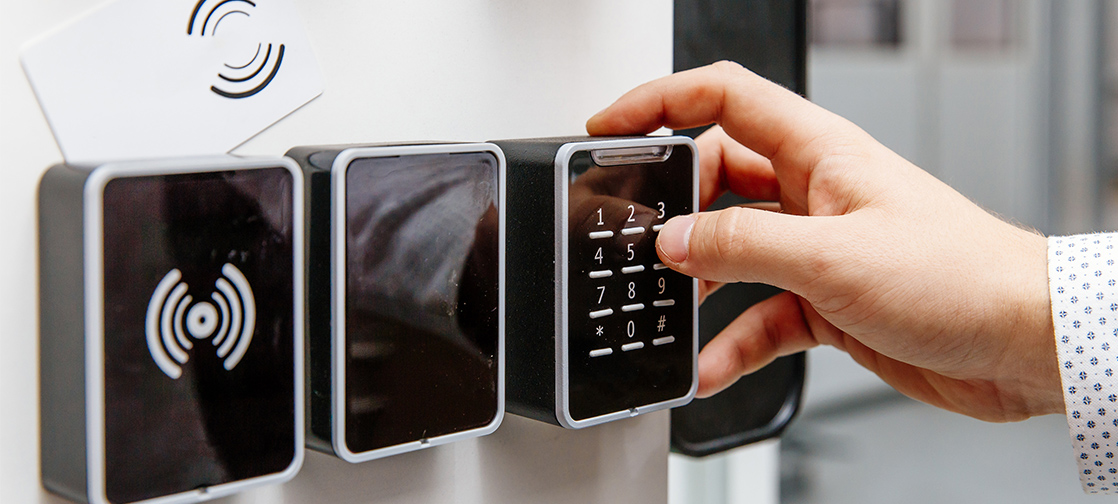
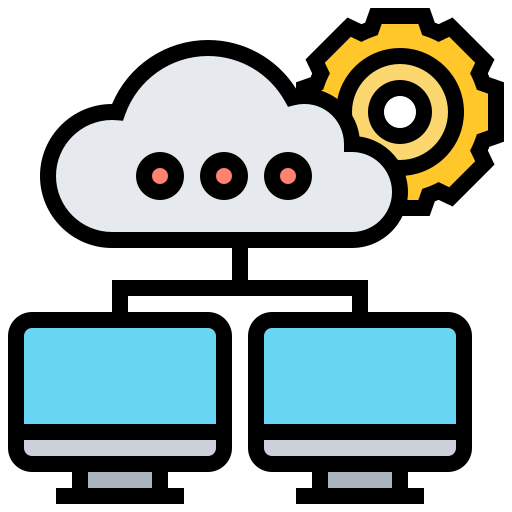
Cloud-Based Access Control
A modern, scalable system that uses cloud technology to manage access to physical spaces via mobile apps, keycards, or QR codes. Features include mobile unlocks, Apple Wallet badge support, and intrusion detection using existing sensors. This access control system is ideal for businesses with multiple locations as it allows admins to manage access from a single dashboard.
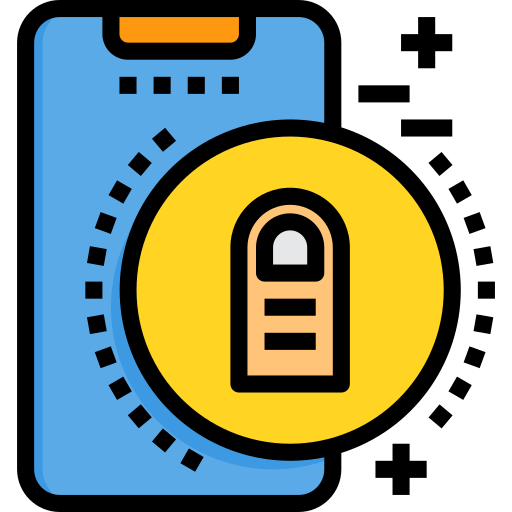
Mobile Access Control
A subset of cloud-based systems which uses smartphones or wearables (e.g. an Apple watch) for keyless entry via apps or digital badges. It supports contactless unlocks and QR code check-ins, reducing physical credential use. This is great for modern workplaces where employees prefer using smartphones over keycards, reducing lost credential issues, and allowing seamless entry for employees and visitors across locations.
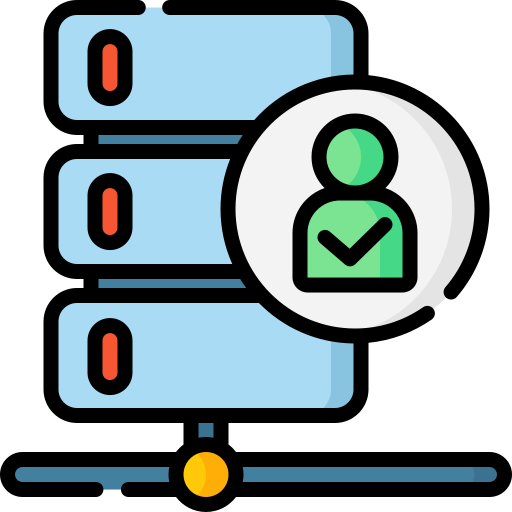
Role-Based Access Control (RBAC)

Mandatory Access Control (MAC)
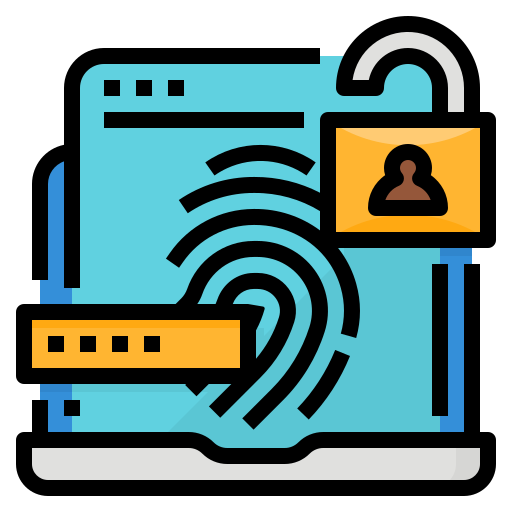
Discretionary Access Control (DAC)
In the DAC system, access is controlled by rules set by admins, with no predefined user accounts or roles. Each resource has an Access Control List (ACL) defining who can access it. This access control system is ideal for environments like event venues or construction sites where temporary access is needed for specific users or times.
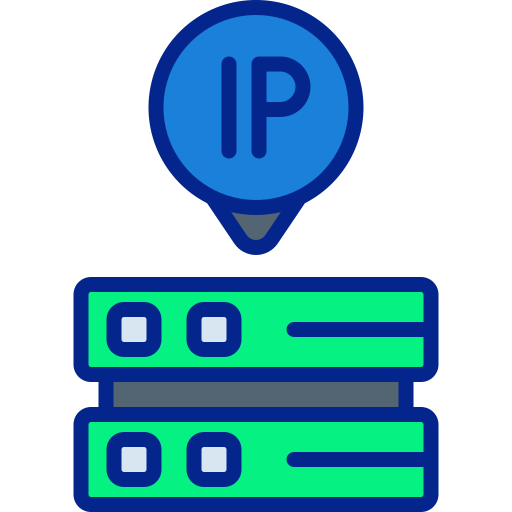
Media Access Control (MAC)
These are not physical access control models, but network data transfer protocols, managing how devices communicate over a network to avoid data collisions. Ideal for access control systems where devices (e.g. readers, controllers) communicate over IP networks, ensuring reliable data transfer.
Where are different Access Control Systems important?
Access controls are critical in any environment where safety, security, privacy, or compliance is a priority.
They regulate who can access specific resources, areas, or information, ensuring only authorised individuals can interact with sensitive systems or locations.
In many cases, access control systems are integrated with CCTV, alarm systems, and 24/7 security monitoring to provide a comprehensive security solution.

Where and Why Access Control Matters Most
In workplaces, restricted access to server rooms or executive offices using keycards, PIN codes, or biometric scanners (fingerprint scans, iris scans, facial recognition softwares) prevents unauthorised entry and protects equipment and data.
These areas can also benefit from CCTV surveillance and intrusion alarms to monitor and respond to security breaches in real time.
Airports, hospitals, government buildings, and most other public facilities use access controls such as ID badges and security checkpoints to limit entry to secure areas or restricted wards. Gated communities or apartment complexes use key fobs or keycodes to control access to shared utility areas or individual units, ensuring the safety of the residents. Video intercoms, security cameras, and monitored alarms further strengthen protection in these residential settings.
Role-Based Access Controls (RBAC) limit who can access servers and sensitive data, protecting against breaches. For example, only certified electricians might access power systems in a data centre, while IT staff manage servers. For software systems, user authentication (such as passwords and multi-factor authentication) restricts access to sensitive software, including financial applications or employee databases.
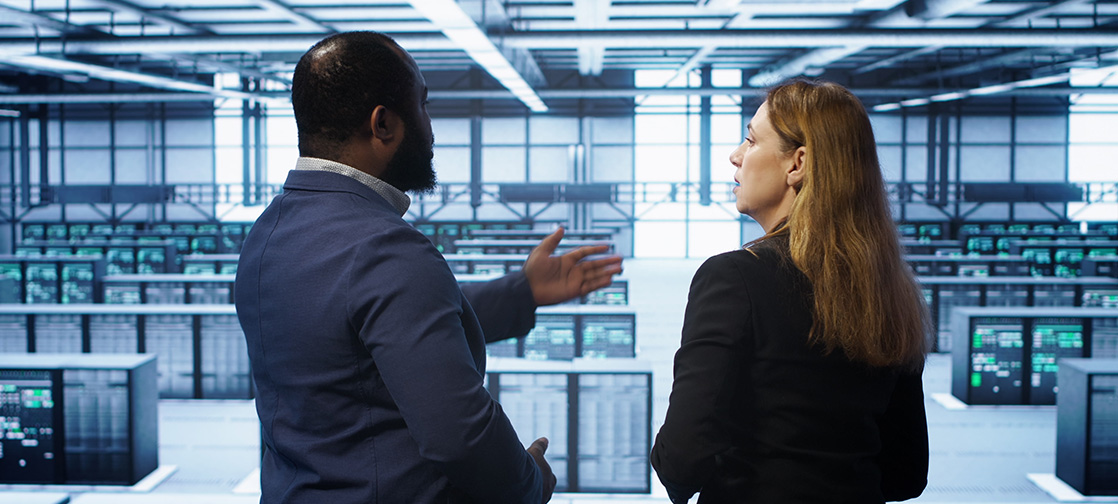
Schools, universities, and training centres increasingly rely on access control to protect students and staff. Systems such as ID card readers, biometric entry, or even mobile access help manage who can enter classrooms, labs, and dormitories. These systems not only prevent unauthorized entry but also track attendance and restrict access to sensitive areas like server rooms or administration offices.
In sports stadiums and entertainment venues, access control systems manage everything from VIP lounges and press boxes to maintenance tunnels and control rooms. Staff and media personnel receive scannable passes that are programmed to allow entry only to permitted zones and only during specific time frames. This prevents unauthorised access to players, performers, and critical equipment areas, and streamlines crowd control.
In data centres operated by tech companies, access control is critical to protect rows of servers housing massive amounts of user data. Entry to server cages is limited to authorised engineers using biometric scans or secure keycards. Role-Based Access Control ensures that only certain staff can modify configurations or access sensitive systems, while visitor logs and timed access help maintain compliance with international data protection standards.
In research laboratories handling hazardous materials or proprietary experiments, access control is essential. Access control systems ensure that only certified personnel can enter containment zones or use specialised equipment, often verified through multi-factor authentication or biometric scans. This safeguards intellectual property, ensures safety protocols are followed, and prevents contamination or unauthorised interference with sensitive research and substances.
The Importance of Access Control Systems – Electrician examples
Electricians often work in environments where safety and security are critical.
Preventing Unauthorised Access to High-Voltage Areas

On worksites and in restricted areas, spaces like transformer rooms can be dangerous for untrained people. Access controls like locked enclosures or keycards help keep these areas secure, reducing the risk of electrocution or injury.
Controlled Entry to Construction Site Zones
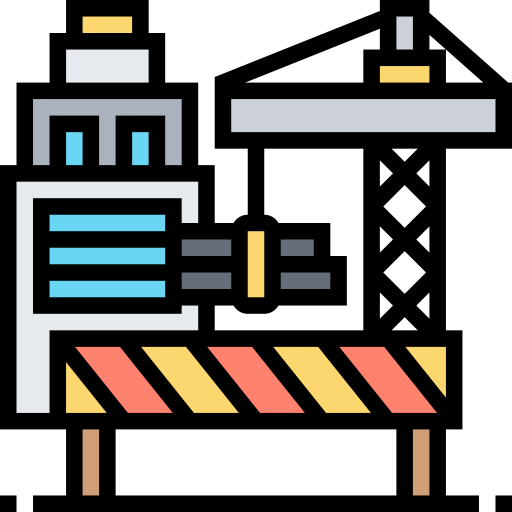
On construction sites, electricians may need access to certain zones, for example, electrical rooms or panels. Access controls ensure only trained personnel enter, preventing unauthorised access and interference from other workers.
Securing Residential and Shared Utility Areas
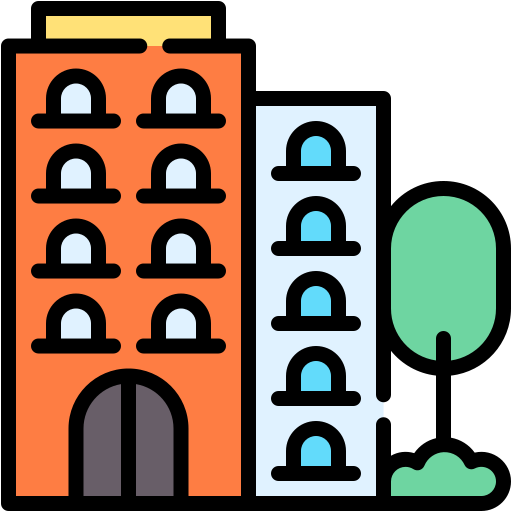
In apartment buildings and gated communities, access control systems help maintain safety and privacy by restricting entry to authorised individuals. They limit access to specific units, shared utility areas, and service rooms, protecting residents from unauthorised visitors.
Restricting Access to Electrical Panels and Tools
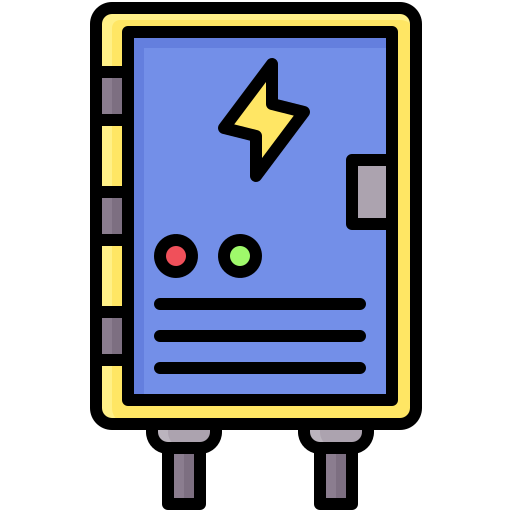
Access controls on electrical panels or tool storage help prevent tampering or theft—especially important in public areas or multi-trade worksites where non-electricians may access equipment. Modern systems with smart controls often use digital access to block unauthorised changes to settings like lighting.
Protecting Sensitive Data in Critical Facilities
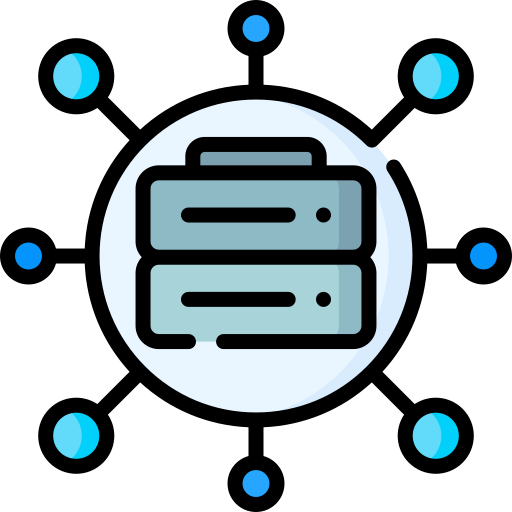
Electricians also may work in data centres, hospitals, or manufacturing plants where sensitive data exists. Access control systems, such as badge systems or PIN codes, ensure electricians only access relevant information, protecting critical systems.
Automatic Gates – Anti-Slip Devices
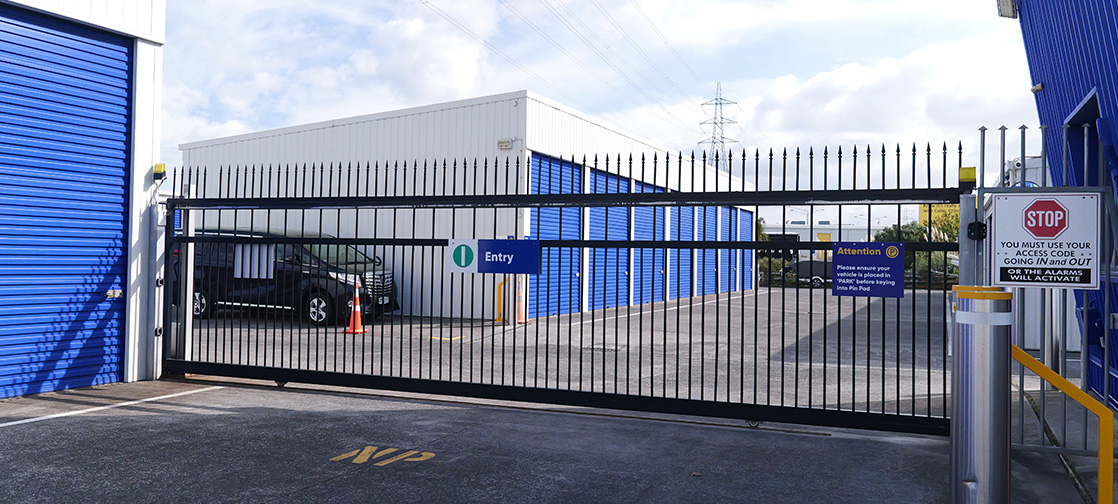
In the realm of access control, automatic gates serve as both a security asset and a potential risk if not properly managed.
Anti-slip devices for automatic gates are designed to stop gates from slipping out of their tracks and causing damage, injuries, or security breaches.
Unlike general safety features like photoelectric sensors, which detect obstacles to stop gate movement, or safety edges that reverse motion upon contact, anti-slip devices focus on stabilising the gate itself.
Examples of anti-slip devices include anti-lift brackets, high-friction rollers, and robust locking systems.
These mechanisms ensure the gate remains securely on its track, even on sloped surfaces or in adverse weather conditions.
Trilect offers anti-slip devices as an optional upgrade to our automatic gate systems. These add-on safety features are ideal for properties with sloped driveways or high-traffic environments where additional gate stability is needed. Each solution is designed to meet local safety standards and enhance the overall performance of the gate.
This greatly reduces the risk of a security breach or damage to persons or property, as the gate will remain stable thanks to the anti-slip device. The key functions of an anti-slip device are as follows:
Prevents unintended movement – stops gates from shifting due to gravity, wind or manual force. Increases safety – reduces the risk of gates derailing and colliding with vehicles, people, or property. Improves security – ensures gates remain locked and stable, preventing unauthorised access.
Why Choose Trilect for Your Access Control Needs?
As a New Zealand-owned company with more than 25 years of experience, Trilect is proud to be a leader in commercial security and electrical solutions.
We are:
- Master Electricians: Delivering quality and compliance with every project.
- Member of Mastercraft NZ: We offer trusted quality, proven designs, reliable products, and added customer protection backed by a respected national network.
- SEANZ Members: Committed to sustainability and innovation.
- In-House Experts: Our team of over 80 professionals handles everything from consultation to installation—no subcontractors, no compromises.
- Focused on Innovation: From cloud-based access systems to cutting-edge biometrics, we stay at the forefront of technology.
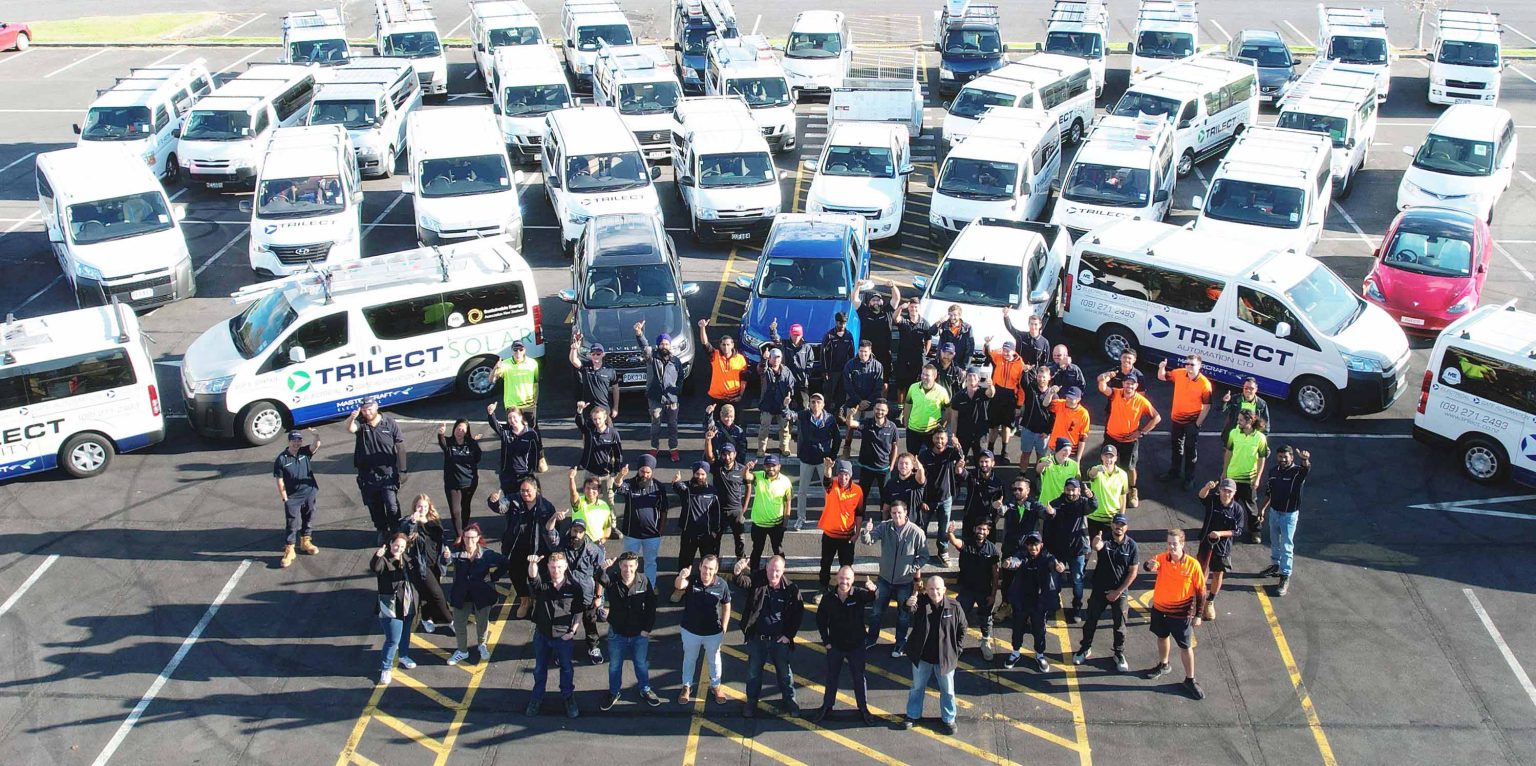
When you work with Trilect, you’re choosing a partner who will design a system around your current needs and your future growth. We offer free on-site consultations, ensuring that every recommendation is based on a thorough understanding of your unique security environment.
Conclusion
Access control systems play a vital role in maintaining safety, privacy, and security across a wide range of environments. From mobile-based entry in modern offices to strict role-based access in data centres or government facilities, each system serves a specific and different purpose.
Whether you’re an electrician, construction worker, business owner, or resident in a gated community, the right access control solution can prevent accidents, protect property, and ensure that only authorised individuals gain entry to the premises. As technology continues to evolve, access control systems will remain essential in creating safer, smarter, and more secure spaces.
As new threats and challenges emerge, access control systems will also need to adapt, incorporating artificial intelligence, advanced biometrics, and cloud-based platforms. These innovations will not only enhance security but also improve user convenience, helping organisations and individuals stay ahead in an increasingly complex and connected world.
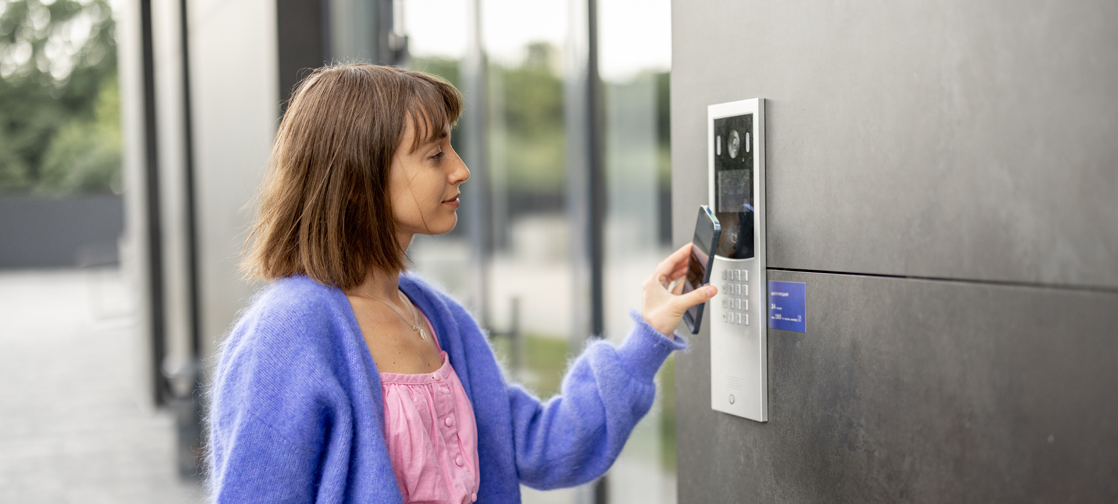
By understanding how authentication, authorisation, and audit systems work, and choosing the right type of solution—whether it’s keycards, biometrics, or mobile access—you can protect what matters most.
Investing in robust access control not only protects your property but can also lower your insurance costs, giving you both peace of mind and financial benefits.
At Trilect, we are ready to help you navigate the options and build a future-proof security system tailored to your needs. Don’t wait for a breach to happen. Secure your future today. Contact Trilect for a free access control consultation and take the first step towards a safer tomorrow.
About us
With over 25 years of industry experience, and a sophisticated electrical safety management system, Trilect Services is one of the top choices when it comes to commercial electrical work. We are unwavering in finding the best and most cost-effective solutions for our customers. We are members of the Sustainable Energy Association of New Zealand (SEANZ) which offers additional peace of mind to our customers.
Trilect does not use sub-contractors. All of the installations will be carried out by our experienced team. Get started now by booking a free on-site consultation.
Request Your On-site Consultation
Or call us on 09 271 2493
